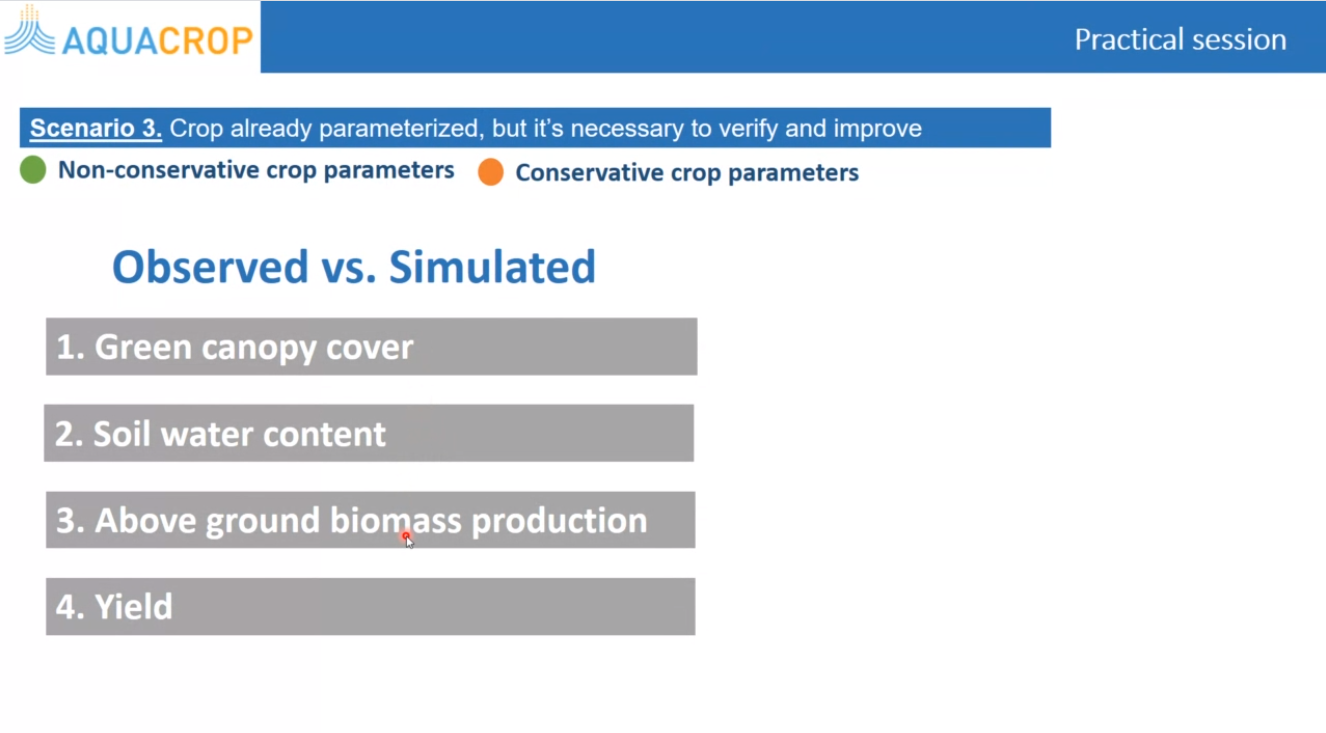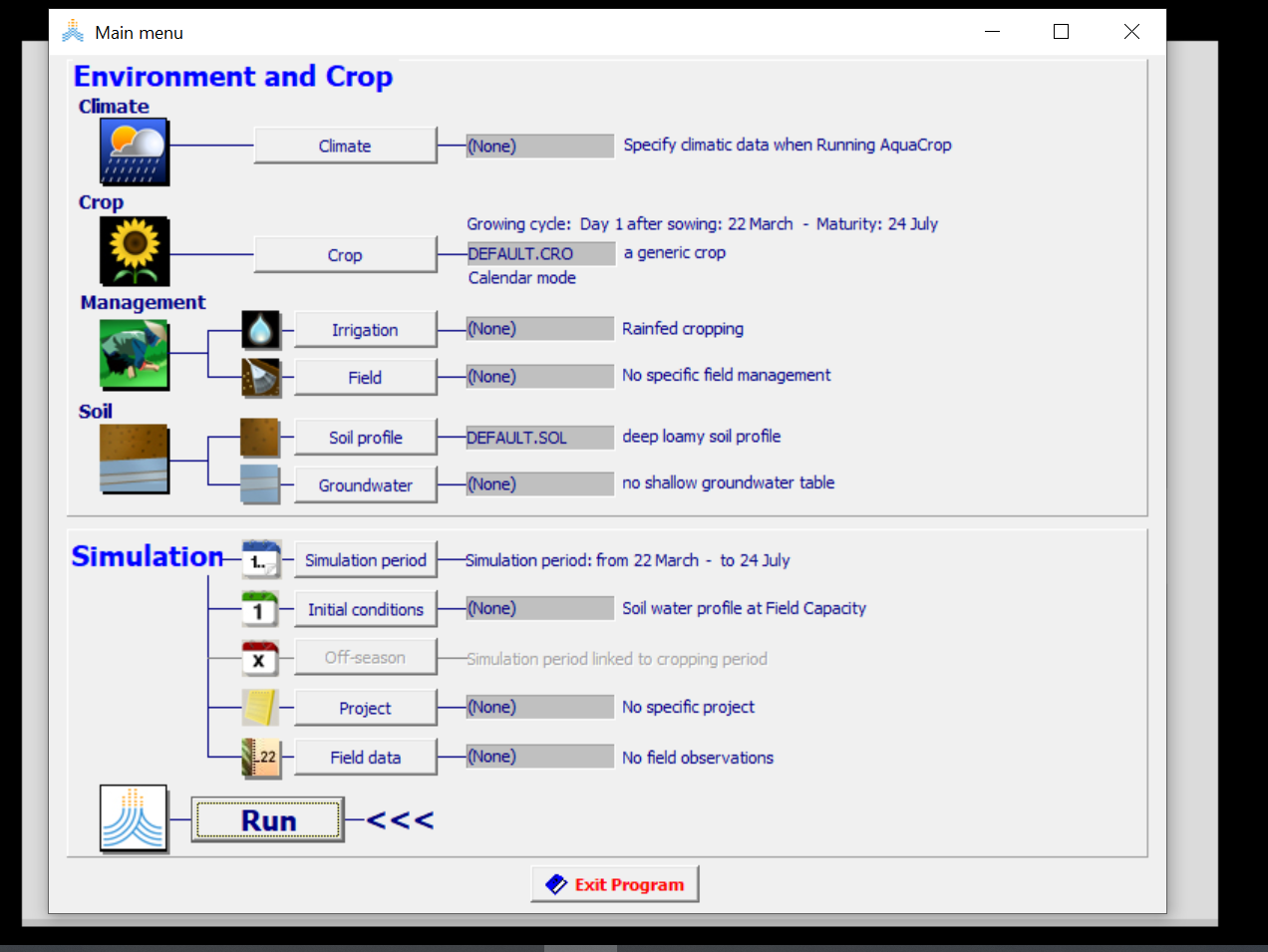AquaCrop Online Workshop
As part of SHui’s virtual General Assembly, two Early Career Training Events were held online.
From 20th-24th July 2020, the University of Cordoba (Spain) organised an online workshop ‘How to calibrate and validate the AquaCrop model’. AquaCrop is a crop growth model that simulates crop yield and biomass response to water. This model, developed by FAO, is amongst SHui’s tools to aid individuals and stakeholders in the decision-making process of managing water scarcity in European and Chinese cropping systems.
The workshop was delivered by Prof. Elias Fereres and Dr. Margarita Garcia-Vila via the e-learning platform Moodle, and was attended by 80 participants from 33 countries and 4 continents (Africa, America, Asia and Europe) including SHui partners and professionals, engineers and researchers interested in the calibration and validation of AquaCrop.
By the end of the week, participants aimed to calibrate the model with their own dataset/s. The specific objectives of the workshop were:
- to delineate the calibration and validation processes for the AquaCrop model and to describe the required datasets;
- to carry out exercises needed to provide a deep understanding of the calibration/validation processes of AquaCrop by the participants;
- to support participants in their own calibration/validation efforts by providing adequate guidance throughout the Workshop.
After two introductory webinars, the calibration and validation processes of conservative and non-conservative parameters of AquaCrop version 6.1 were shown by Dr. Margarita Garcia-Vila via three practical sessions. The datasets used were made available for attendees to practice before calibrating and validating their own data. Prof. Elias Fereres and Dr. Margarita Garcia-Vila created a welcoming environment and encouraged interaction, resolving attendees’ queries throughout both the morning practicals and the afternoon open-desk sessions. The sessions were recorded and made available for 15 days.

Shannon de Roos, ECR at KU Leuven: “For me it was helpful to get a better feeling of which parameters are important for both the calibration and validation process, since I mostly work with the source code of AquaCrop. The recordings were especially useful to check your own work on the exercises and to repeat some parts you might have missed. Thank you, Margarita and Elias!”

Workshop programme
Session 1. Introduction (20 July, 13:00-14:00 CEST)
What are the principles and main features of AquaCrop?
What is the calculation scheme of the model?
Is it necessary to calibrate/validate AquaCrop?
Session 2. Calibration and validation processes (21 July, 13:00-14:00 CEST)
What are the datasets needed?
What are the general steps in the calibration and validation processes?
How are the simulation results assessed?
General indications for input files preparation
Session 3. Practical session (22 July, 13:00-14:00 CEST, plus Open Desk 16:00-17:00 CEST)
Adjustment of general parameters
Session 4. Practical session (23 July, 13:00-14:00 CEST plus Open Desk 16:00-17:00 CEST)
Adjustment of parameters for crop response to stresses
Session 5. Practical session (24 July, 13:00-14:00 CEST)
Adjustment of parameters for crop response to stresses (Continuation)
General discussion and final remarks

0 comments